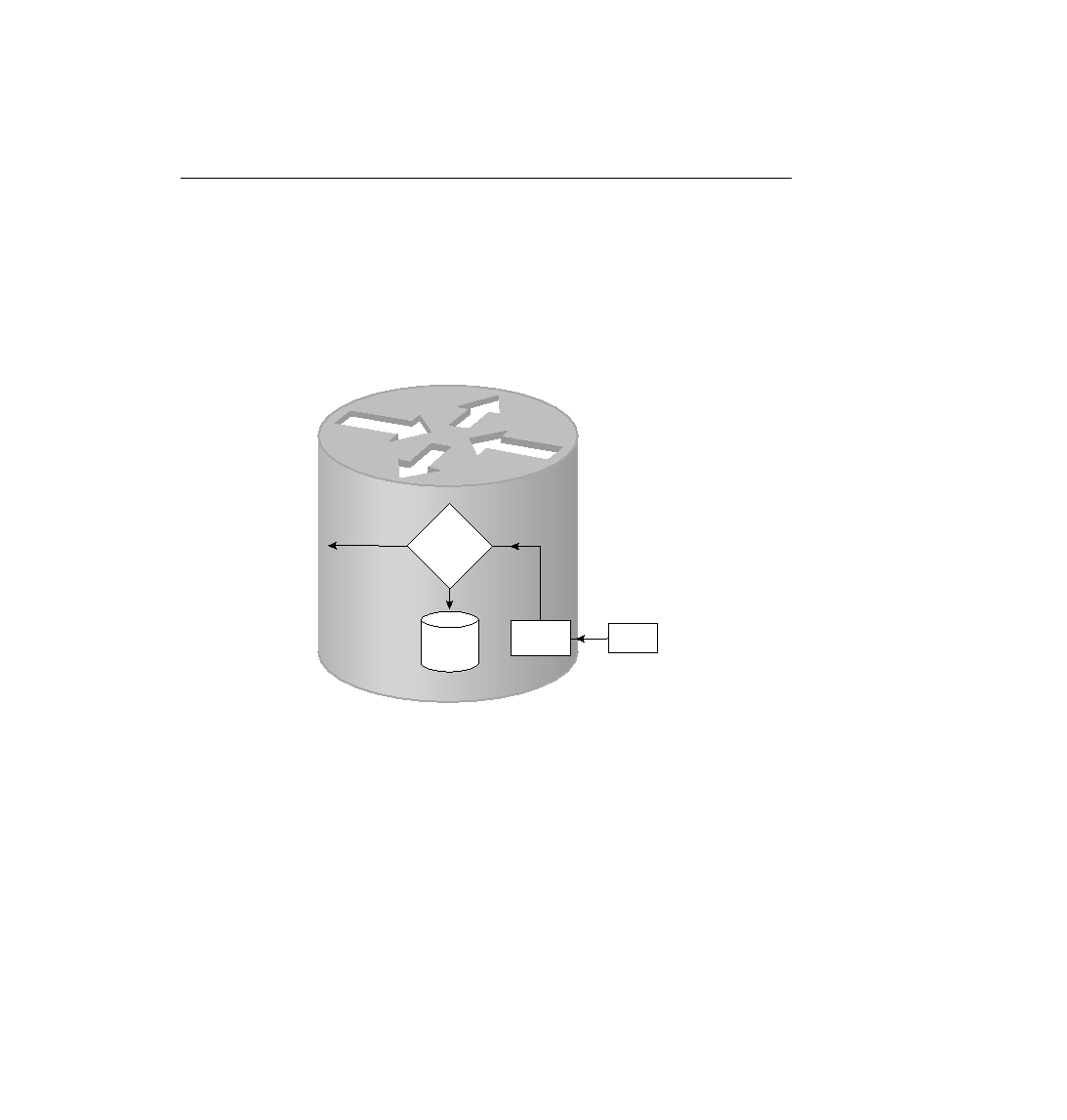
combined steps are typically called triggering the dial. In Step 1, a packet is routed out an
interface to be dialed, but that packet alone does not necessarily cause the dial to occur. The IOS
allows the second step to define a subset of the packets routed in Step 1 to actually cause the
route to dial. The logic flow works as shown in Figure 8-30.
interface, worthy of causing the dial to occur?" The packets that are worthy of causing the
device to dial are called interesting packets by Cisco. Cisco does not categorize those packets
that are not worthy of causing the dial; in effect, they are "boring." The capability to exactly
determine the interesting packets grants the router administrator control over when the dial is
made. This is particularly important if the dialed connection is incrementally charged by the
minute.
as all packets of one or more Layer 3 protocols (for example, all IP packets). In that case, any
user in SanFrancisco can send a packet to any host in 172.16.3.0/24 and trigger the dial
connection. That might be exactly what is desired, or it might not be. The second method is that
interesting can be defined as packets permitted by an access list. In this case, if the access list
permits the packet, it is considered interesting.